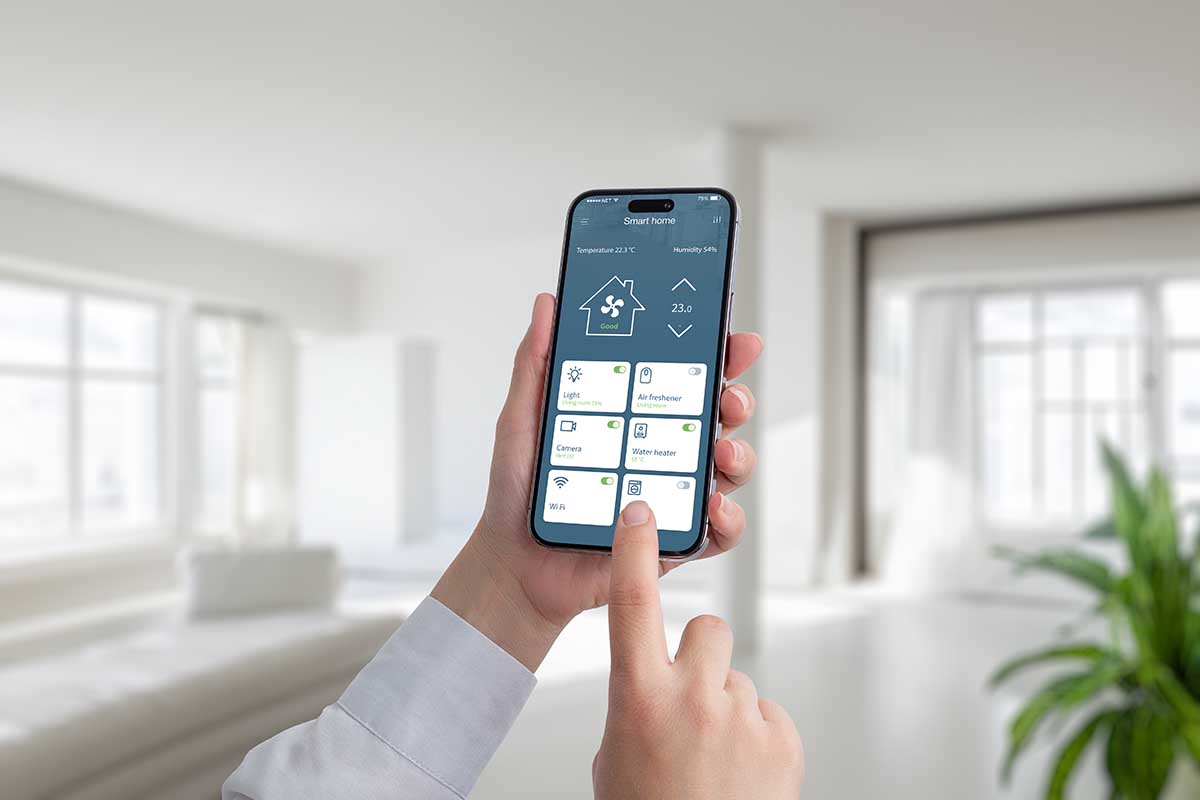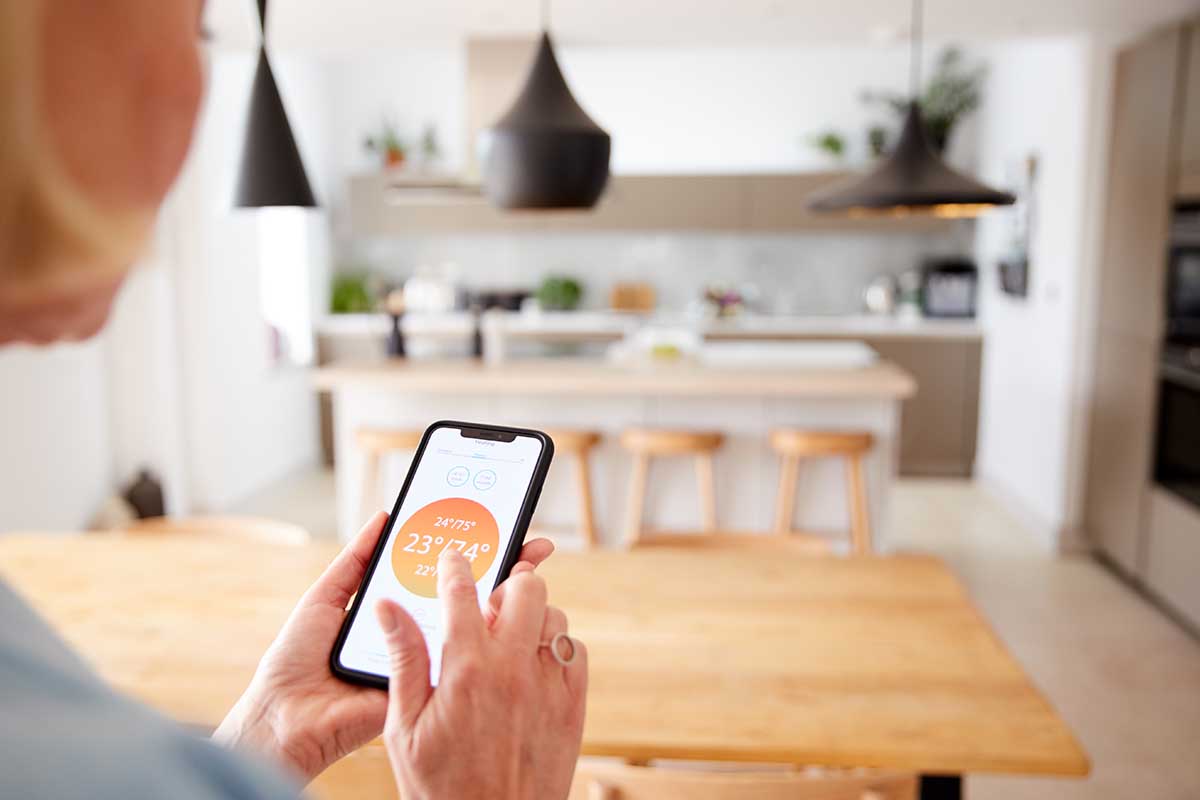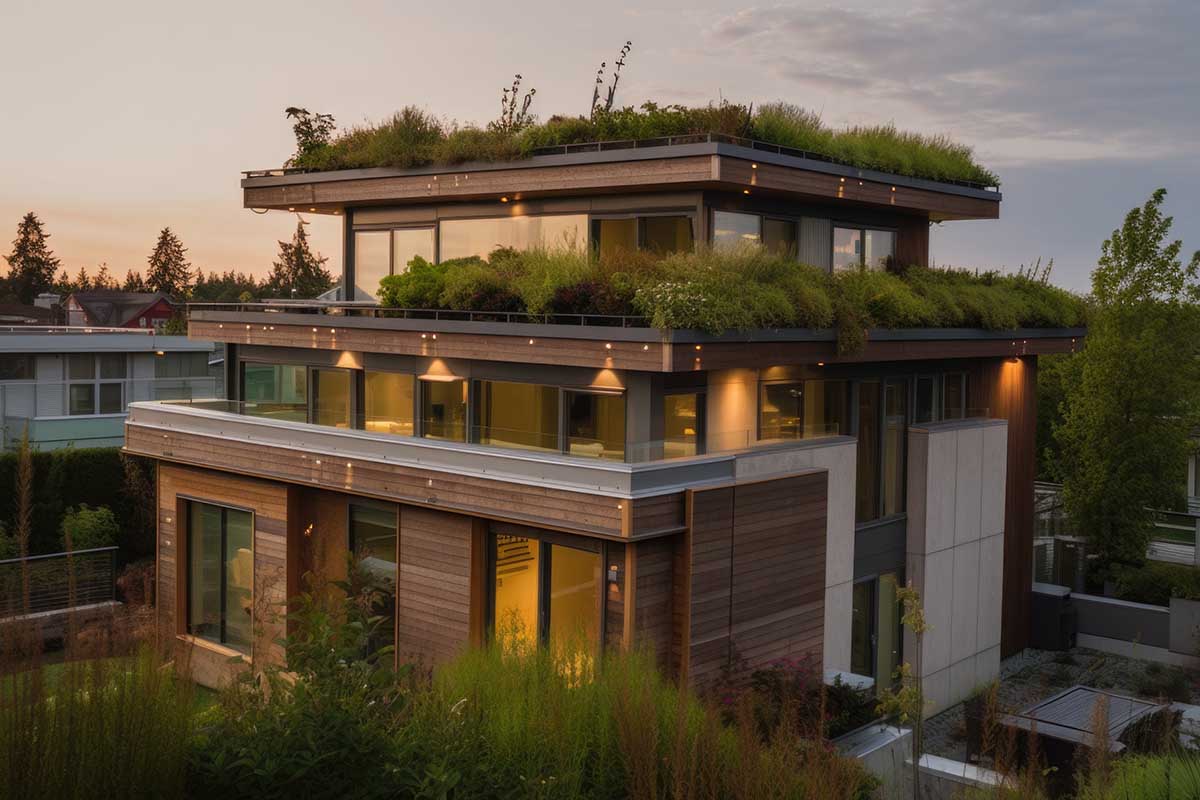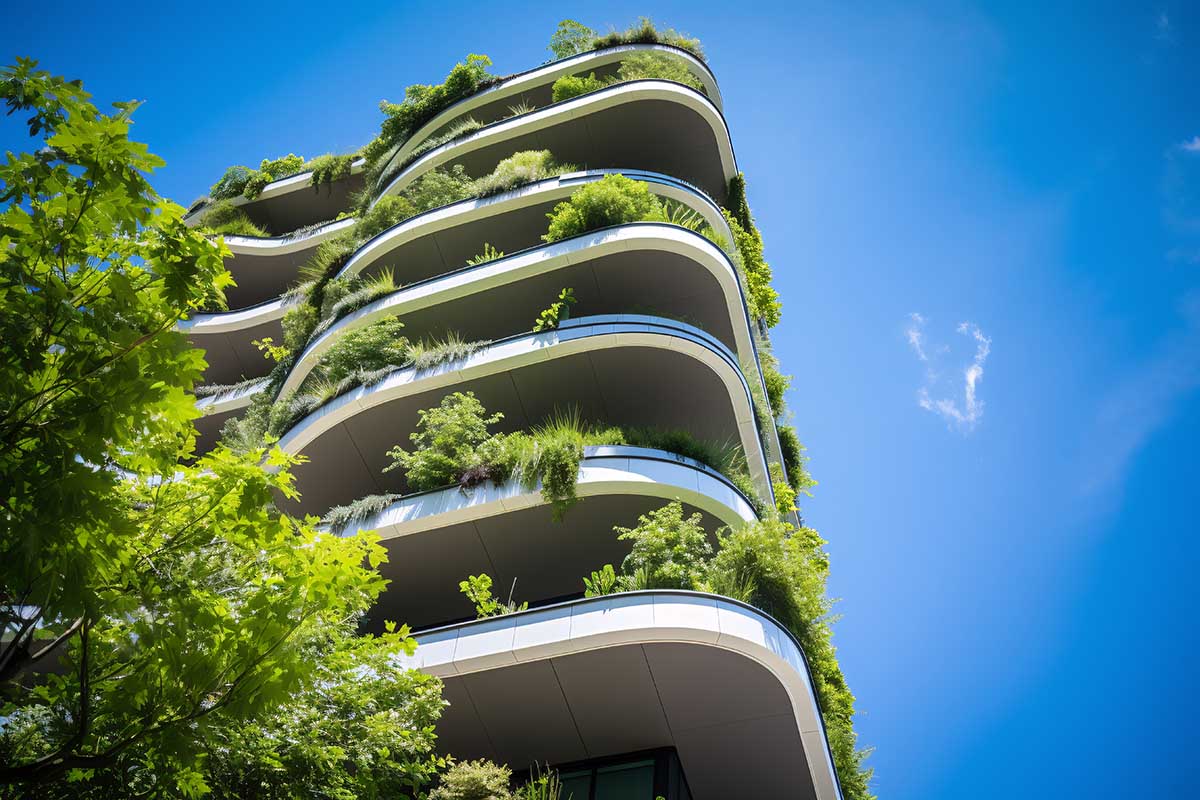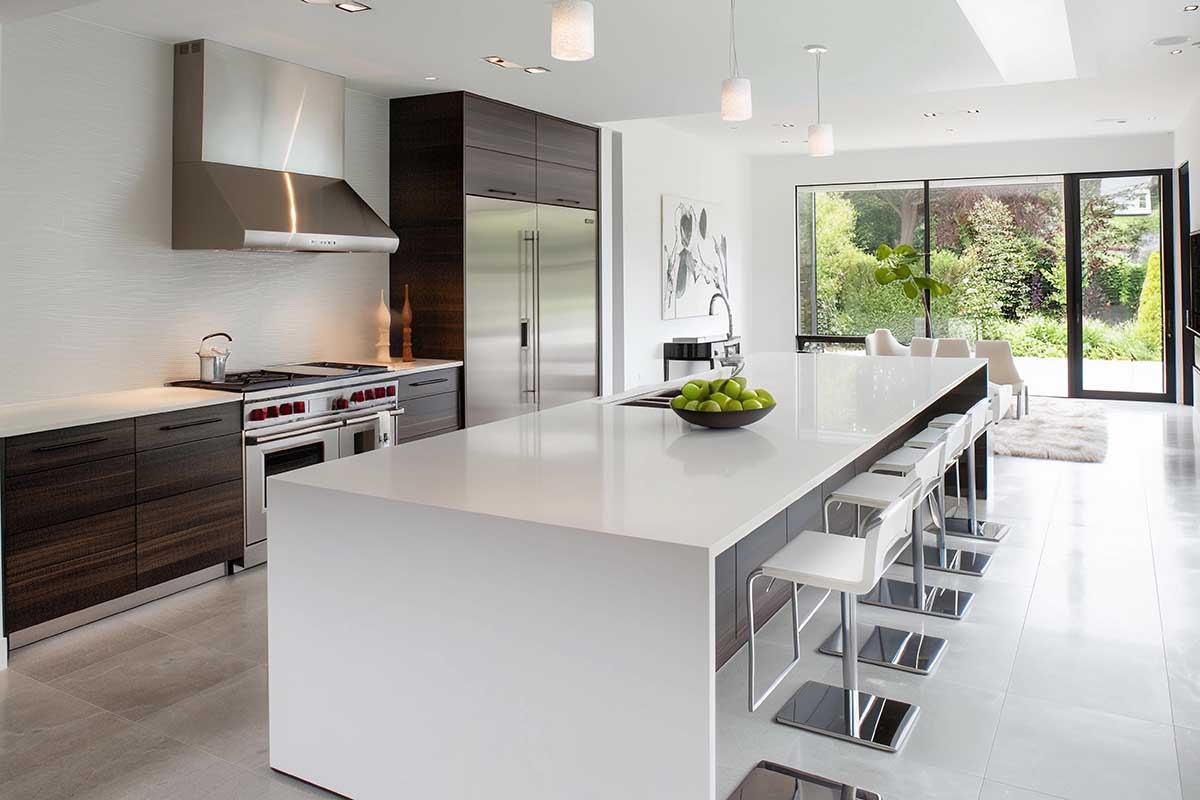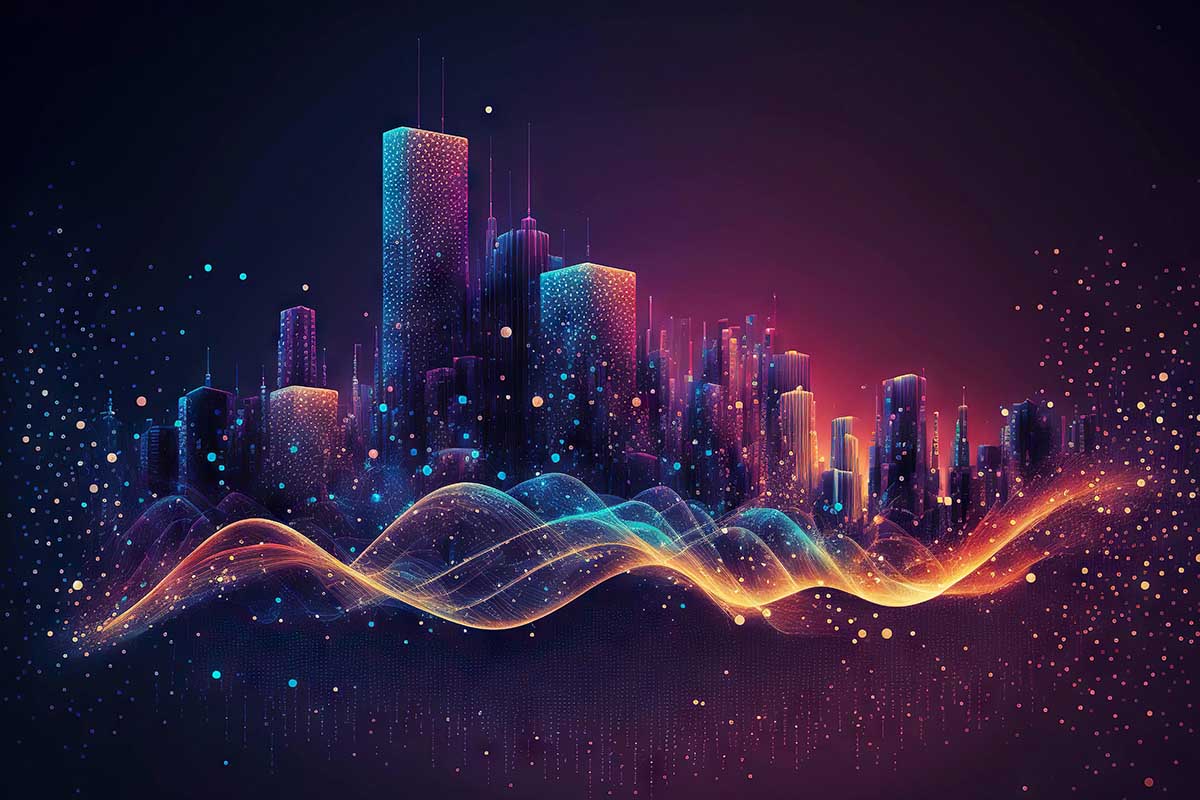Smarter Homes, Greener Futures: How Modern Design Can Save the Planet (and Your Wallet)
Key Points
Smart technology reduces energy waste and adapts to daily habits, making homes more efficient without sacrificing comfort or convenience.
Sustainable materials and passive design create healthier, low-impact living spaces, cutting energy use while improving indoor air quality.
Renewable energy and water-saving systems are becoming standard, turning homes into self-sufficient, eco-conscious environments.
In an era of climate change and increasing energy costs, sustainable living is no longer a luxury—it’s a necessity.
One of the most effective ways to contribute to a greener future starts right at home.
Designing smarter homes not only minimizes your carbon footprint but also enhances energy efficiency, comfort, and cost savings.
From air conditioning repair Lakeland to full scale smart home remodeling, let’s explore how technology and thoughtful design are shaping the homes of tomorrow.
The Rise of Smart, Sustainable Homes
Smart homes were once a futuristic dream, but today, they’re becoming the standard in eco-conscious living.
These homes integrate technology to automate and optimize energy usage, from lighting and heating to water systems and appliances.
At their core, smart homes reduce waste by learning occupant behavior and adjusting systems accordingly.
Motion-sensor lighting, for example, ensures lights are only on when needed.
Smart thermostats like Nest or Ecobee learn your schedule and adjust heating or cooling to conserve energy.
Over time, these systems not only pay for themselves through lower utility bills but also significantly reduce a household’s environmental impact.
Sustainable Materials and Passive Design
Smart homes don’t rely solely on gadgets—they also utilize sustainable architecture.
Passive design strategies, such as maximizing natural light and using insulation effectively, reduce the need for artificial heating and cooling.
Double-glazed windows, green roofing, and energy-efficient materials further support a home’s energy goals.
Moreover, eco-friendly building materials like bamboo flooring, recycled steel, and low-VOC paints are increasingly popular.
These materials reduce environmental degradation and improve indoor air quality, contributing to healthier living spaces.
Integrating Renewable Energy Sources
Another cornerstone of a greener home is renewable energy.
Solar panels are the most accessible and widely adopted option, allowing homeowners to generate their own electricity and reduce reliance on fossil fuels.
In addition, solar battery storage systems, such as the Tesla Powerwall, enable homes to store excess energy for use during cloudy days or at night.
Wind turbines and geothermal systems are also gaining traction, especially in rural or open areas.
Integrating these systems with smart energy management tools helps homeowners monitor usage and optimize savings even further.
Smarter Electrical Infrastructure
Water-saving technologies are a key element of sustainable and smart home design. From efficient fixtures to smart irrigation systems, these features help conserve resources without sacrificing comfort.
Just as important, behind every energy-efficient device is a reliable electrical system.
Ensuring your home’s electrical distribution meets modern standards is essential for both safety and optimal performance—making it a foundational part of smart home design.
For residents and businesses in the UK, companies like Sutton electrical distribution provide advanced solutions for sustainable and efficient power management.
Whether you’re installing EV chargers, smart panels, or energy monitors, having the right electrical backbone is crucial for enabling green technologies to function effectively.
The Role of Water Conservation
Water-saving technologies are a key part of sustainable and smart home design.
Features like smart irrigation systems automatically adjust watering schedules based on weather forecasts, helping prevent overuse and reduce waste.
Low-flow fixtures, dual-flush toilets, and greywater recycling systems all play a role in reducing household water consumption.
Some homes now include rainwater harvesting systems that collect and store rain for non-potable uses such as flushing toilets or watering gardens.
These practices reduce demand on municipal water systems and protect local ecosystems.
Smart Homes, Smarter Living
A green home doesn’t have to sacrifice convenience or style.
In fact, smart design enhances your living experience.
Remote-controlled systems offer convenience, while real-time monitoring gives you greater control over your energy footprint.
Voice assistants, connected appliances, and integrated mobile apps provide seamless interaction with your home’s eco-features.
Plus, eco-friendly upgrades can increase property value.
As awareness of sustainability grows, buyers are increasingly seeking homes that are not only beautiful but also efficient and environmentally responsible.
Looking Ahead
The future of home design is all about intelligent, sustainable living—and that means embracing smart home design.
As technologies advance and environmental consciousness grows, smarter homes will become more accessible, more efficient, and more essential.
By investing in green solutions today, homeowners can create living spaces that not only benefit the planet but also improve quality of life for generations to come.
